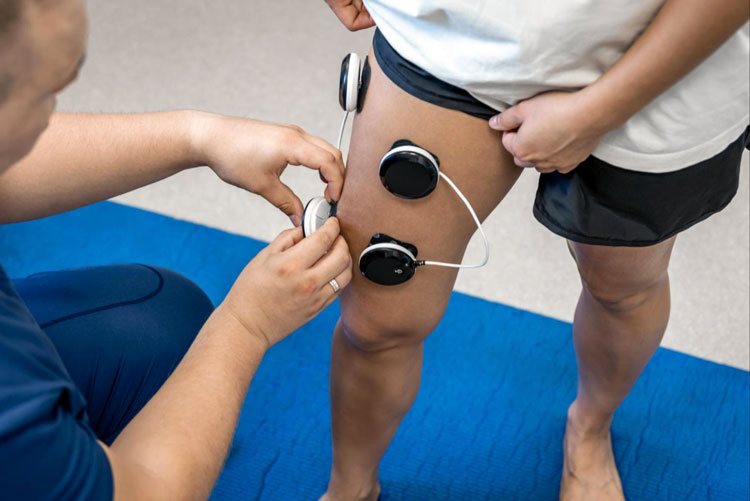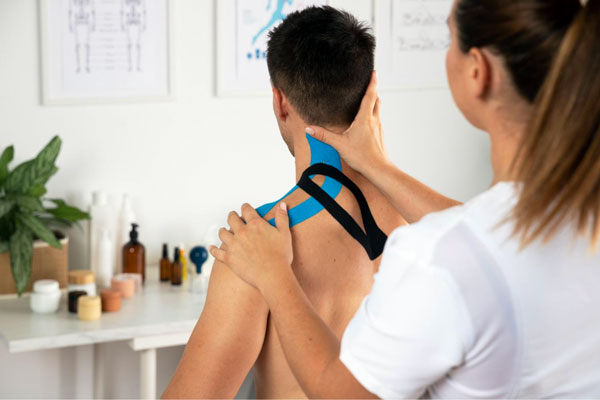In professional and amateur sports alike, recovery has become the new frontier of performance. Instead of relying solely on medications or anti-inflammatory drugs, many athletes are embracing gear-based solutions, tools that promise faster healing, improved circulation, and natural pain relief. From cryotherapy chambers to wearable compression technology, recovery has gone high-tech and holistic.
Among the growing options are compression sleeves, which help stabilize joints and boost blood flow during and after intense activity. This shift from pharmaceuticals to physical recovery methods reflects a broader transformation in modern sports medicine: the move toward prevention, performance sustainability, and long-term health.
From Painkillers to Prevention
A decade ago, post-game routines often involved ice baths, NSAIDs, and prescription painkillers. But growing awareness of side effects, from dependency risks to digestive complications, has forced a cultural change.
Today’s athletes, trainers, and medical staff emphasize restorative therapy and natural recovery cycles. The aim isn’t just to treat pain, but to reduce its occurrence by strengthening the body’s response systems. This preventive approach aligns with global efforts to curb medication overuse in both professional and recreational sports.
The Science Behind Gear-Driven Recovery
1. Compression and Circulation
Compression garments have long been used in medical settings, but recent studies show their effectiveness in sports recovery as well. They enhance blood circulation, reduce swelling, and support oxygen delivery to muscles, all crucial factors for recovery and performance.
Modern compression sleeves and supports combine targeted pressure zones with breathable materials, allowing athletes to train longer with reduced fatigue.
2. Cryotherapy and Cold-Based Recovery
Whole-body cryotherapy, once a novelty, is now a fixture in professional training facilities. Rapid exposure to subzero temperatures triggers anti-inflammatory responses and endorphin release, helping athletes recover more efficiently.
3. Percussion and Vibration Therapy
Handheld massage guns and vibrating foam rollers stimulate deep tissue repair. These devices improve lymphatic drainage and flexibility, reducing soreness between workouts.
4. Heat and Smart Support Devices
Heat therapy has evolved beyond heating pads. Wearable wraps, adaptive braces, and smart textiles now deliver consistent warmth and support to sore joints, promoting mobility while preventing stiffness.
Technology Meets Recovery
The rise of wearable tech has brought precision to recovery strategies. Smart garments, equipped with sensors, now track muscle fatigue, hydration levels, and pressure distribution. Data-driven insights help athletes fine-tune rest periods and training intensity, ensuring maximum efficiency.
In 2025, sports medicine looks less like a pharmacy and more like a lab, where data, biomechanics, and design converge to protect the body before it breaks.
The Cultural Shift: From Quick Fix to Longevity

What started as an athletic trend is now influencing everyday fitness culture. Weekend joggers, cyclists, and even desk workers are adopting recovery routines once reserved for professionals.
This evolution mirrors a societal redefinition of health: moving from pain avoidance to body optimization. Instead of reaching for pills, people are reaching for sleeves, rollers, and infrared wraps, tools that promote resilience and autonomy.
Challenges and Cautions
Despite the benefits, experts warn that recovery technology isn’t a silver bullet. Misuse of compression gear or over-reliance on gadgets can hinder recovery if not guided by proper technique.
Sports physicians emphasize balance, integrating modern recovery tools with rest, nutrition, and medical oversight for sustainable results.
The Future of Sports Medicine Is Wearable
The transformation of sports recovery marks a broader movement in healthcare: technology replacing medication, where it can enhance natural processes. For athletes, the goal is no longer simply to recover from pain but to train smarter, live longer, and perform better. Recovery gear, from ice baths to compression sleeves, embodies that shift. What once seemed like accessory equipment is fast becoming an essential part of 21st-century sports medicine.









